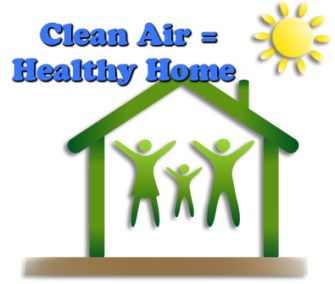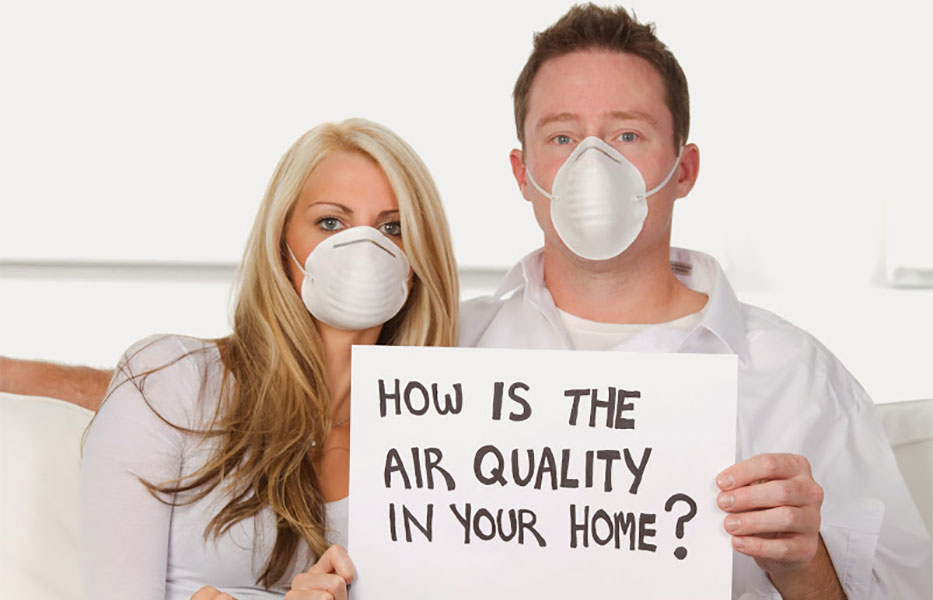What’s in your Minnesota air?
“Oh the weather outside is frightful…” Polar and arctic air masses wing their way south bringing sub-zero temperatures and biting winds. Those world travelling air masses drop what moisture they carry at the first sign of mountain peaks. By the time they reach Minnesota their moisture is gone, their air is cold and dry, and it promises to chap, crack, and itch your skin. That’s when you know winter has arrived in Minnesota. Do you stock up on skin lotion or book your winter stay in Florida? You can’t change the weather, so what exactly are your options?
 First, know your air. Meteorologists investigate and inform us of moving air 24/7. They describe in detail its moisture, its particulate content, and its chemical make-up; hence, the consideration for an extended visit to Florida. Minnesota winters are famous for their low moisture content. Outdoor air reduces the humidity of your indoor air and can cause more than just dry skin—it can increase static electricity, damage to furniture and wood floors, and increase colds and respiratory problems, just to name a few issues of concern. So what can you do? Explore the potential of portable humidifiers or whole house systems—they control the moisture you need to stay healthy, comfortable, and free from mold.
First, know your air. Meteorologists investigate and inform us of moving air 24/7. They describe in detail its moisture, its particulate content, and its chemical make-up; hence, the consideration for an extended visit to Florida. Minnesota winters are famous for their low moisture content. Outdoor air reduces the humidity of your indoor air and can cause more than just dry skin—it can increase static electricity, damage to furniture and wood floors, and increase colds and respiratory problems, just to name a few issues of concern. So what can you do? Explore the potential of portable humidifiers or whole house systems—they control the moisture you need to stay healthy, comfortable, and free from mold.
Particulate content and chemical make-up apply to indoor air as well as outdoor air. According to the Environmental Protection Agency site article Protect Indoor Air Quality in Your Home: “Inadequate ventilation can increase indoor pollutant levels by not bringing in enough fresh outdoor air to dilute emissions from indoor sources and by not carrying indoor air pollutants out of the home.” Laura Ingalls Wilder was right. What makes your air not-so-fresh? Indoor pollutants include pet dander and hair, secondhand smoke, carbon monoxide, mold, dust, pesticides, volatile organic compounds, and radon. The EPA website offers an interactive house tour or text version to show the typical house, how these sources can not only pollute your air quality, but also trigger health problems, and what you can do about them.
Lastly, it is especially important to be aware of your air quality during colder winter months when you are more apt to use fireplaces, gas heaters, and other fuel burning appliances. Homeland Security and Emergency Management discusses these in their article Winter Indoor Safety: poisonings by deadly gases such as carbon monoxide, radon, and chemical and environmental exposure during renovations and home remodeling. Look over the information and resources posted that explain health effects, signs of exposure to determine if you and your family are at risk, steps you can take to protect yourselves, and guidelines to maintain acceptable indoor air quality. Be smart, be aware, and be healthy this winter season.
CREDIT: www.bouwinfo.be

